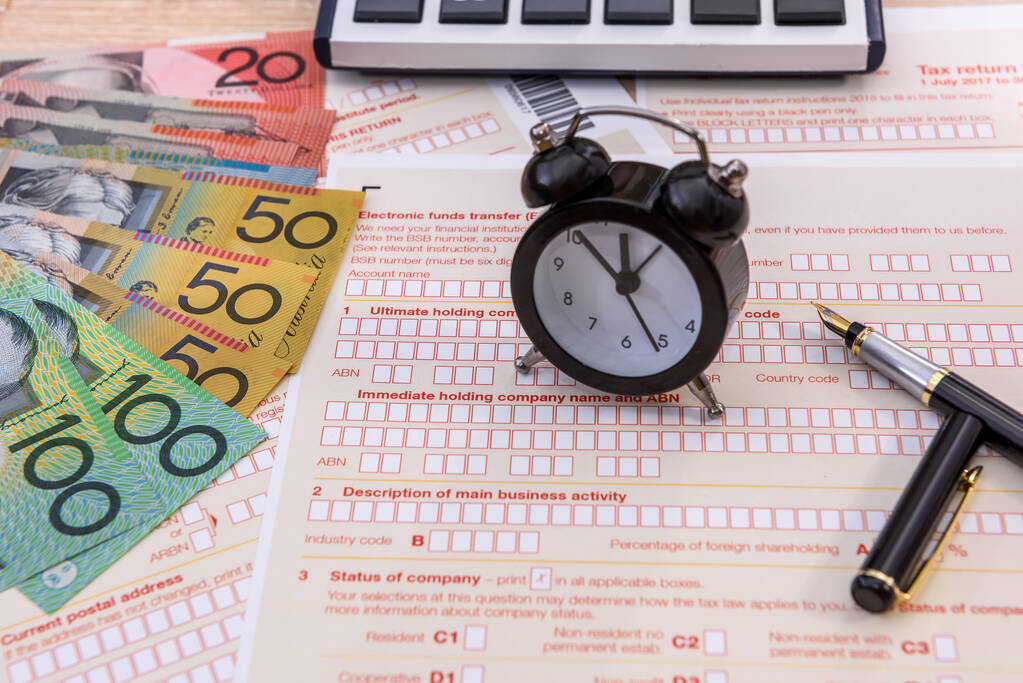The end of the financial year (EOFY) may be a source of stress and anxiety for all individuals and companies. Tax deadline approaches, together with the process of reviewing and checking financial documents, require accuracy in all affairs. A systematised tax season makes things much less difficult and maximises deductions while at the same time being compliant to Australian tax rules.
Organise Your Financial Records
Well-organised financial documents from the beginning of a successful EOFY. Income, expenses, invoices, and bank statements must be accounted for before lodging a return. Profit and loss statements, balance sheets, and cash flow statements should be up to date.
Individuals should obtain the records of income from employment, investment earnings, and work-related expenses. Throughout the year, generating digital receipt and bank statement copies avoids scrambling for records during tax time.
Review and Maximise Deductions
One of the most effective ways to reduce taxable income is by identifying all eligible deductions. Some of the common deductible expenses include home office, traveling expenses, personal professional development, and buying work-related equipment. For a business, these operational expenses may include marketing, office supplies, and depreciation on assets.
The other area that engages in tax minimisation is through the contributions to superannuation. Adding extra contributions before the EOFY can create tax benefits as well as increasing the long-term financial security.
Ensure Compliance with Tax Obligations
Staying in compliance will enable businesses to steer clear of possible penalties and, more importantly, avoid unwarranted audits. Therefore, businesses must ensure that their business meets all GST obligations, they submit their BAS on time, and reconcile payroll through STP reporting.
People who have investments or side income should declare all earnings, including rental income and cryptocurrency transactions. The ATO is very vigilant about undeclared sources of income, so it is necessary to report everything rightly.
Check Superannuation Contributions
Superannuation is often overlooked in EOFY preparations, yet it plays a significant role in tax planning. Employees should review their contributions to ensure they do not exceed the concessional cap, which may lead to additional tax liabilities.
The tax benefit and contribution towards retirement for self-employed individuals are achieved through making personal contributions and claiming deductions. It is equally important for the employer to verify if they have satisfied their Superannuation Guarantee obligation before EOFY.
Reconcile Outstanding Debts and Liabilities
Any form of remaining debts such as business loans, credit card, or unpaid invoice balances shall be checked. Where possible, debt reduction before the EOFY can be an opportunity to improve financial standing and cash flow into the new financial year.
Customer invoices for small businesses also need to be checked to collect all outstanding payments. Writing off bad debts, which are unlikely to be recovered, may present some tax benefits.
Prepare for the New Financial Year
Closing off the previous year isn’t just a matter of EOFY. Instead, it also serves as a time to prepare for the next year. It is a good time to take a close review of financial goals or budgets that need to be revised with new targets.
For businesses, this could be reviewing pricing, reviewing cash flows, perhaps even investment options. For the individual, it may mean salary packaging reviews, superannuation strategies, or even tax-effective investments.
Seek Professional Advice
Tax laws change very frequently, and therefore, it becomes hard to stay updated on the new regulations and deductions. Engaging a tax professional helps people and businesses get through the intricacies of tax season while maximising returns.
Professional services, such as Bargo taxation services, provide professional advice on tax planning, compliance, and financial strategy. Professional assistance ensures that all tax obligations are met efficiently and identifies opportunities for tax savings.
Final Lodgement and Submission
Once all of these documents are sorted, and deduction maximised with compliance checks all done, then the tax return is lodged. The individuals would lodge theirs in myGov. Businesses could either use a registered tax agent or accounting software.
Missing the deadline can attract penalties so it is important to be ahead of the timeline. The ATO allows people using a registered agent to extend their time for more complicated returns.
Conclusion
Preparing for EOFY can be a very laborious process if not planned and organised well. This doesn’t have to be the case, though. Record-keeping for financial data, maximising allowable deductions, being in compliance, and planning can make individuals and businesses feel ready for tax time. Professional guidance streamlines the process, helping individuals bring their best possible financial results for the next year.

